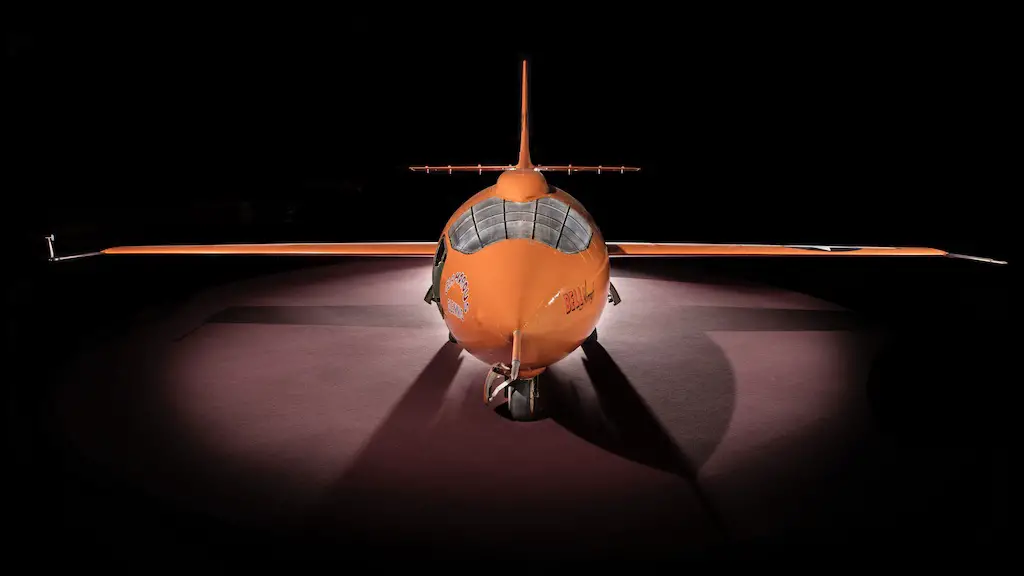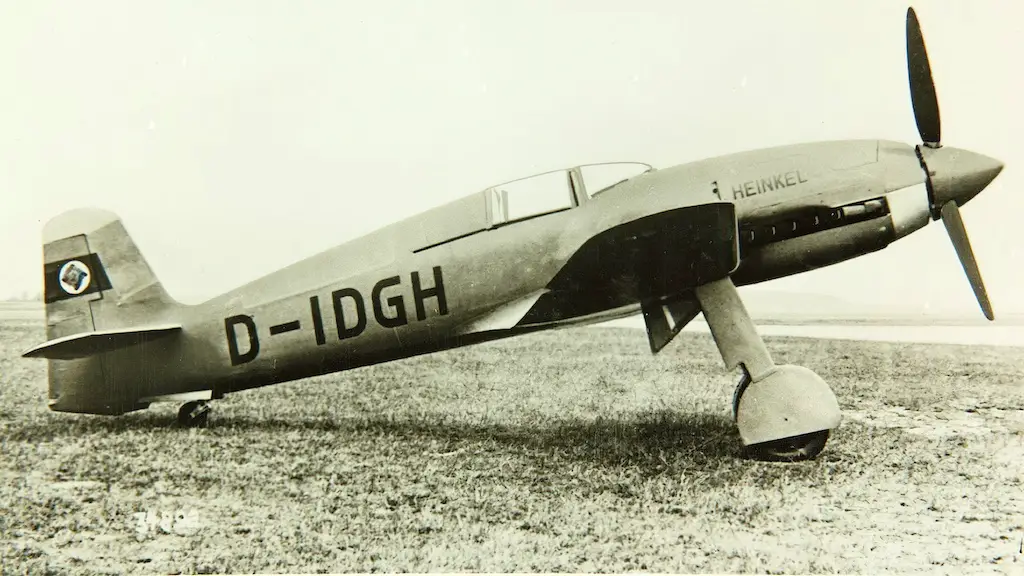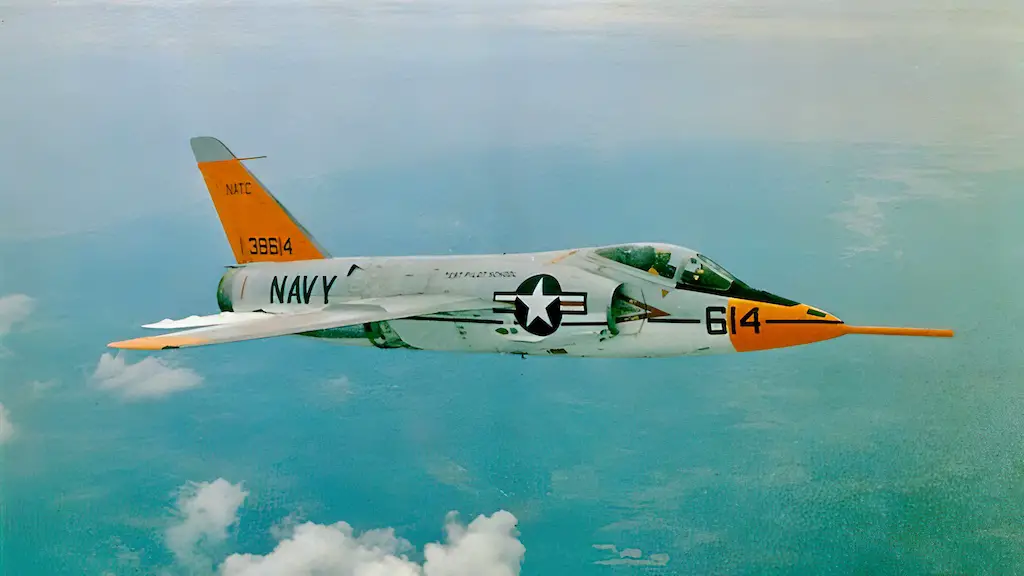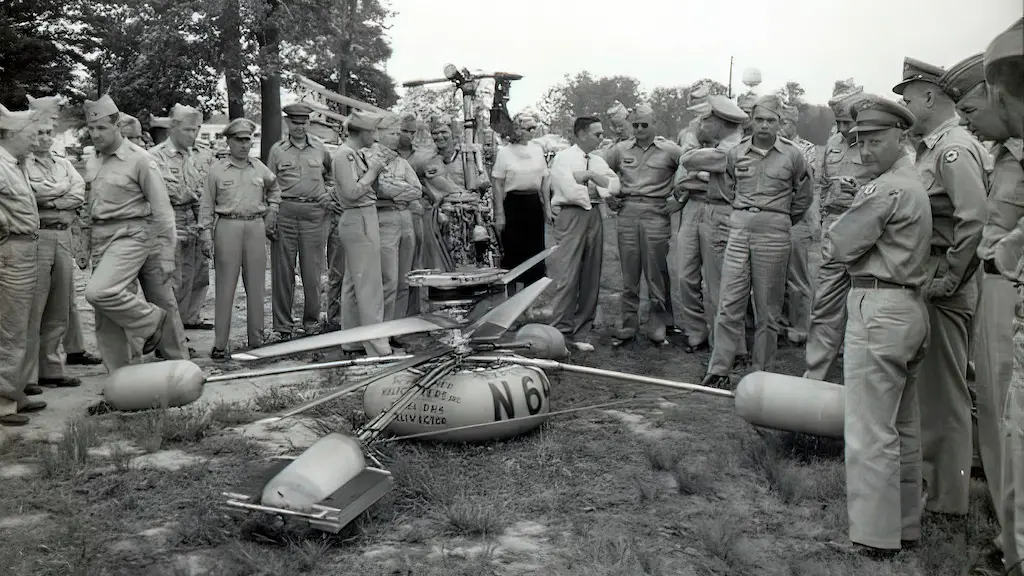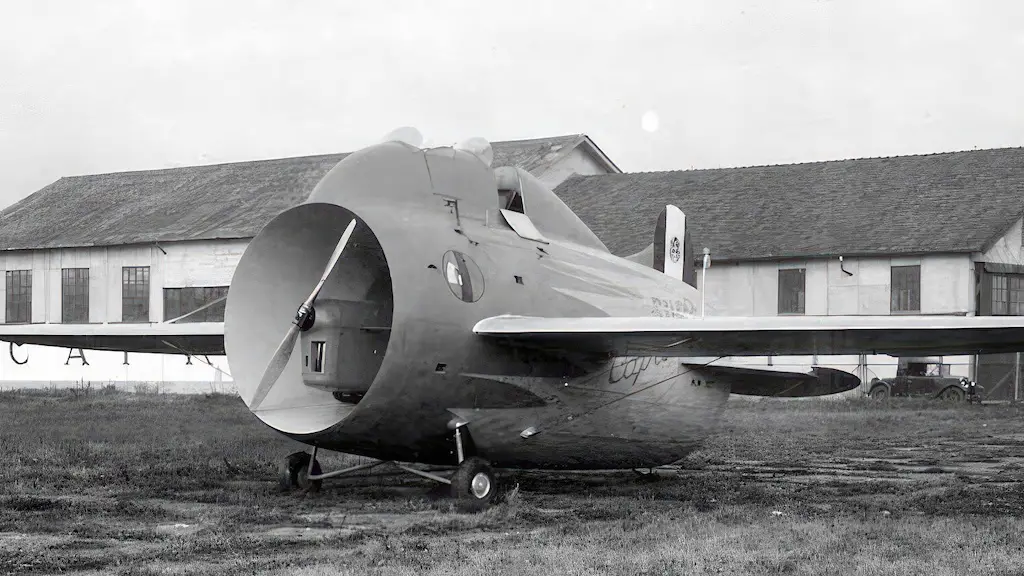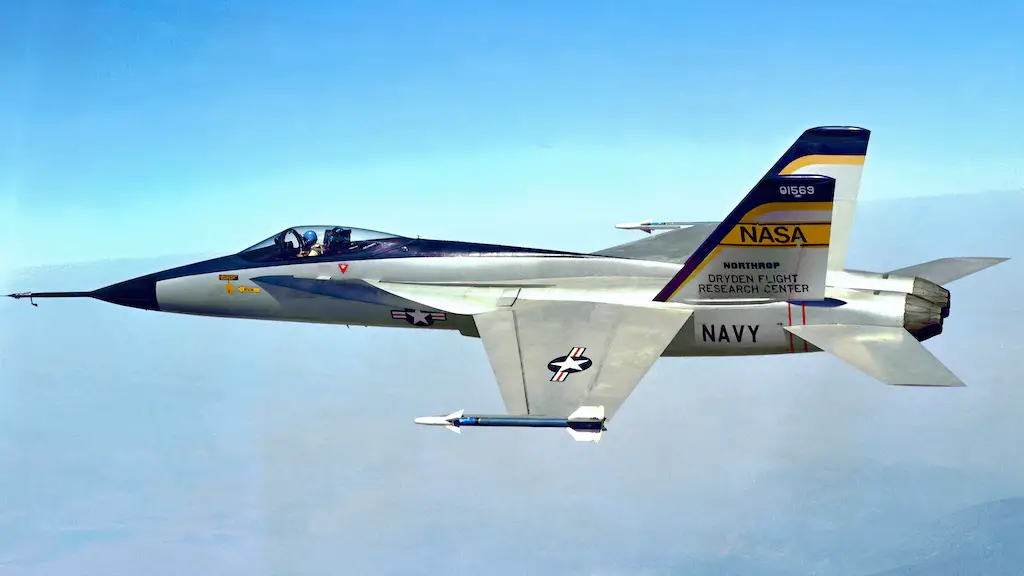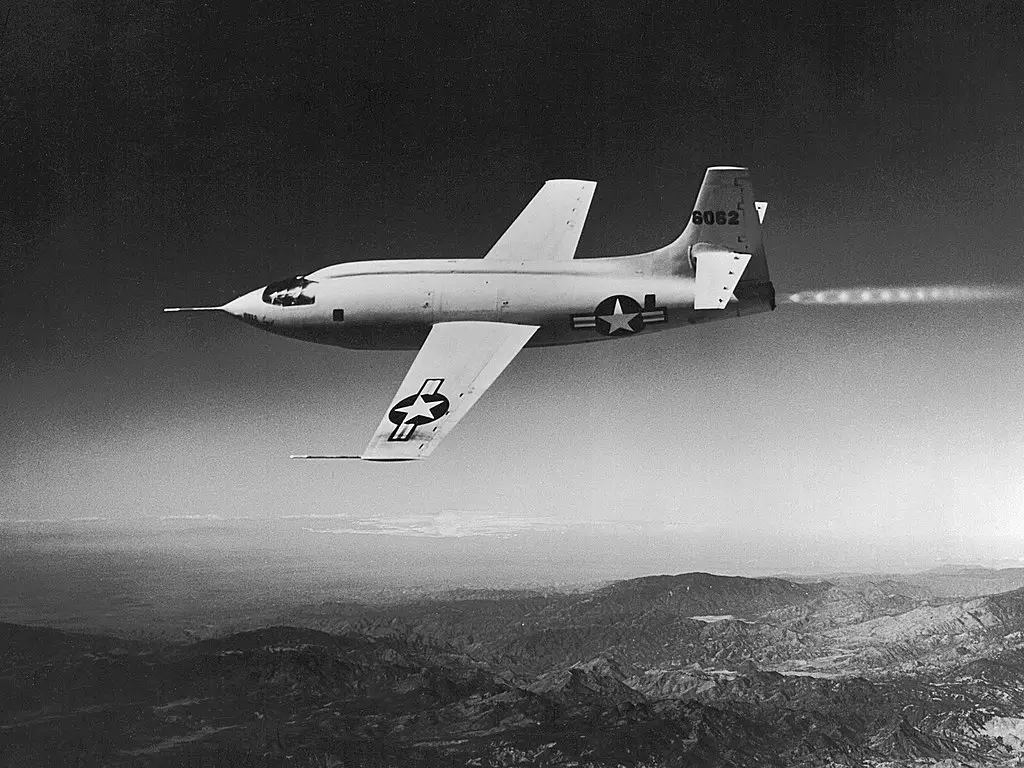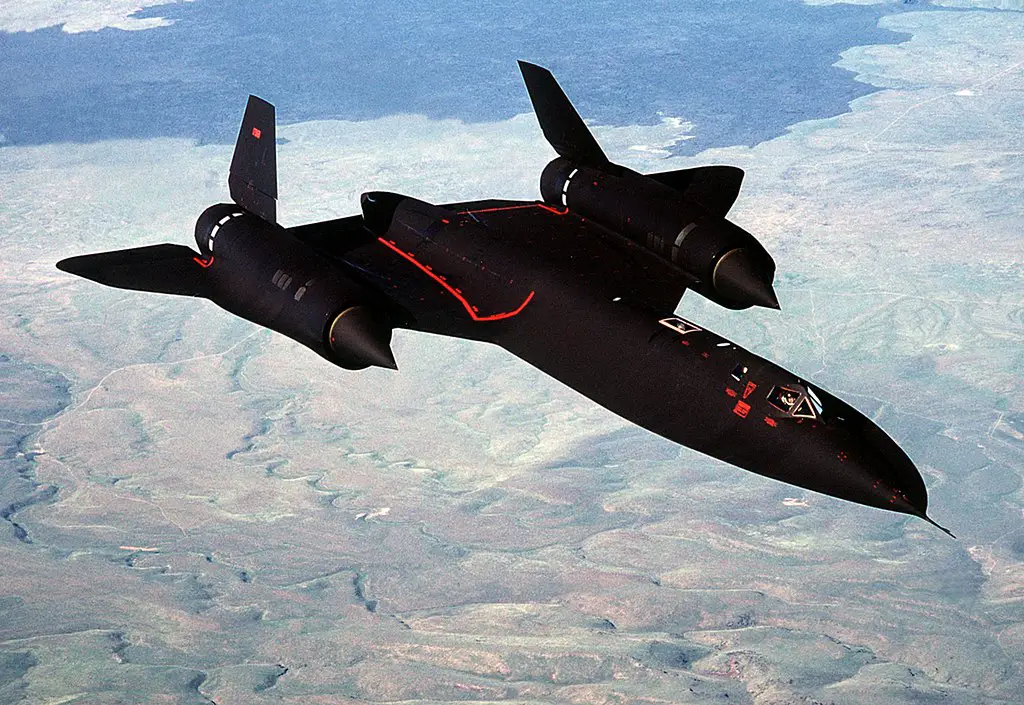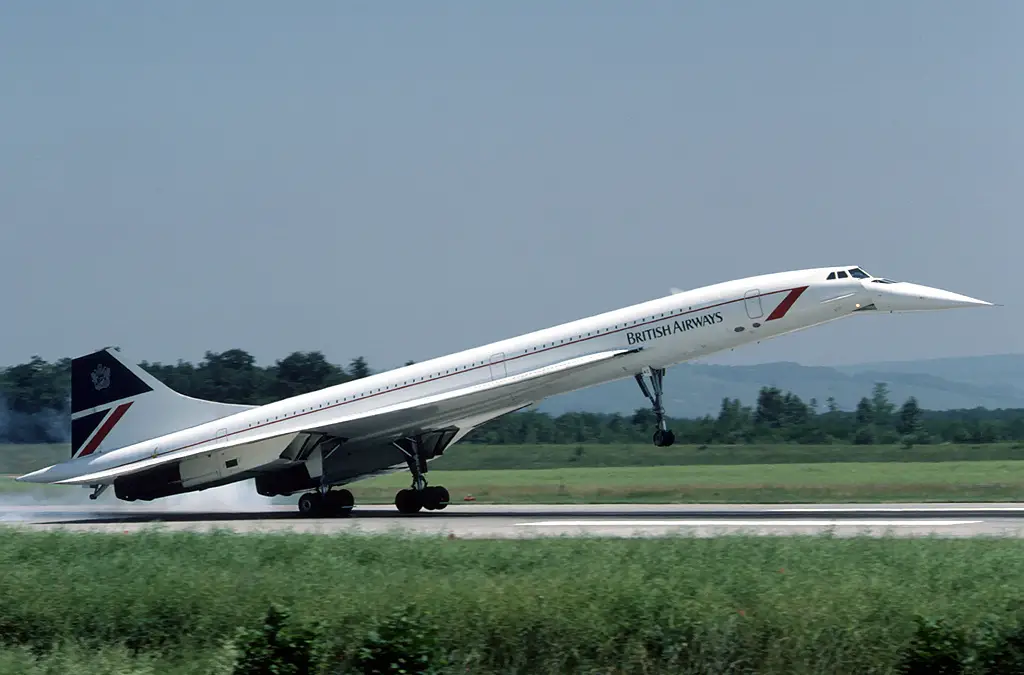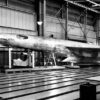Unleashing Supersonic Flight
The Bell X-1 was a revolutionary aircraft that marked a turning point in aviation history. Its daring design and trailblazing achievements forever changed our understanding of high-speed flight, unlocking the door to the supersonic era. Despite facing various challenges, the X-1’s legacy endures, with its impact on aerospace engineering still felt today.
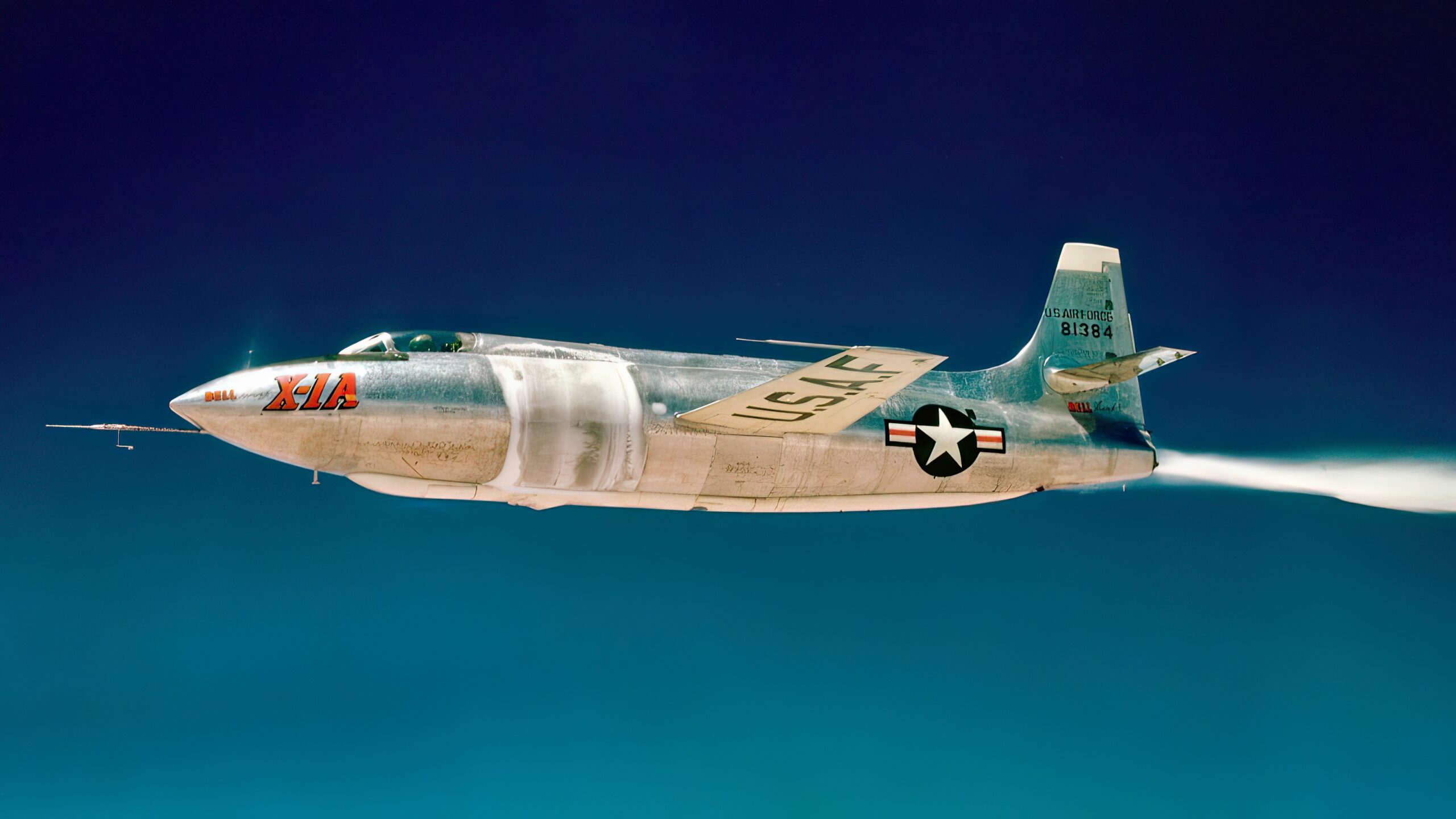
Conceived during World War II, the Bell X-1 was developed as a joint project between the US Air Force and the National Advisory Committee for Aeronautics (NACA, later NASA). The goal was to create an aircraft capable of breaking the sound barrier – the mythical “Mach 1” – a feat that many believed impossible. The X-1’s design drew inspiration from the shape of a .50 caliber bullet, a form proven to be stable in supersonic flight. It was powered by a revolutionary Reaction Motors XLR11 rocket engine, propelling it to speeds previously unattainable.
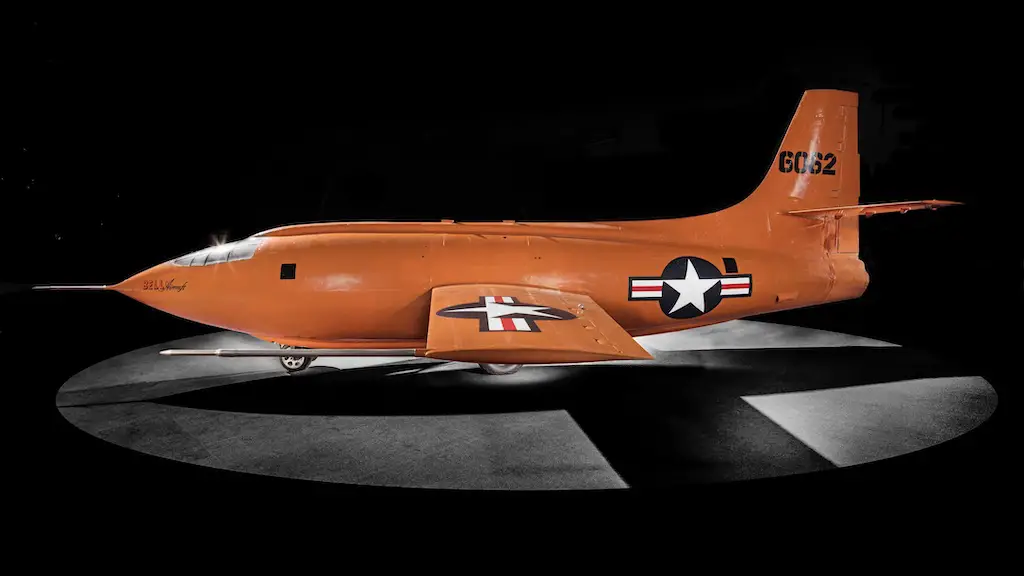
Chuck Yeager and the Flight that Changed Aviation
The most renowned test pilot associated with the Bell X-1 was Charles “Chuck” Yeager, a decorated World War II fighter pilot. Yeager’s name became synonymous with the X-1 after he broke the sound barrier on October 14, 1947. The aircraft, nicknamed “Glamorous Glennis” in honor of Yeager’s wife, reached a top speed of Mach 1.06 (700 mph) at an altitude of 45,000 feet. This historic achievement shattered prevailing myths about the sound barrier and ushered in a new era of supersonic flight.
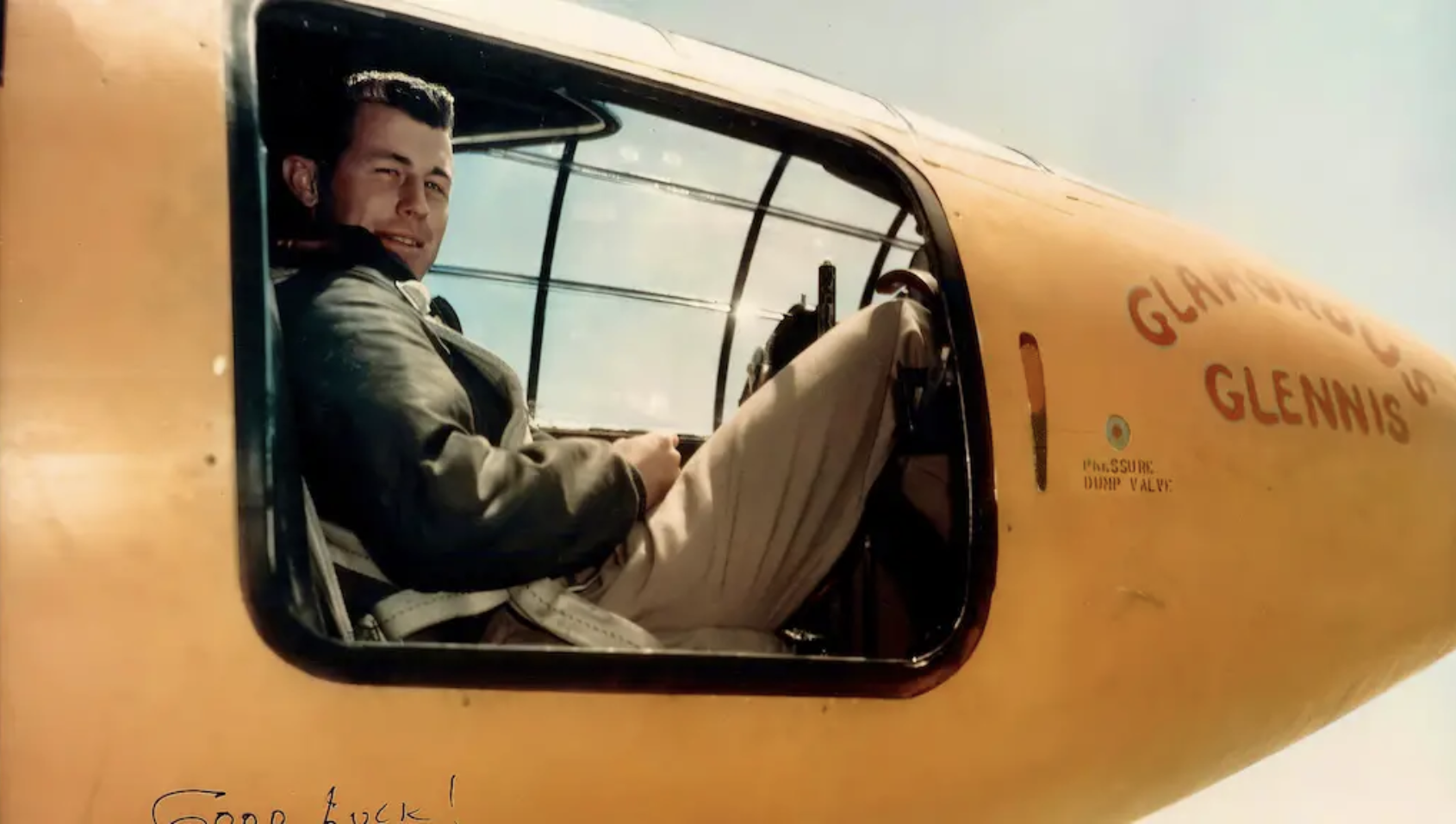
The X-1’s test flight program continued beyond Yeager’s groundbreaking accomplishment, with several subsequent models built and tested to explore the limits of high-speed flight.These flights offered invaluable data on aerodynamics, stability, and control in the transonic and supersonic regimes, which helped shape the design of future high-speed aircraft. However, the X-1 program faced its share of challenges despite these successes.
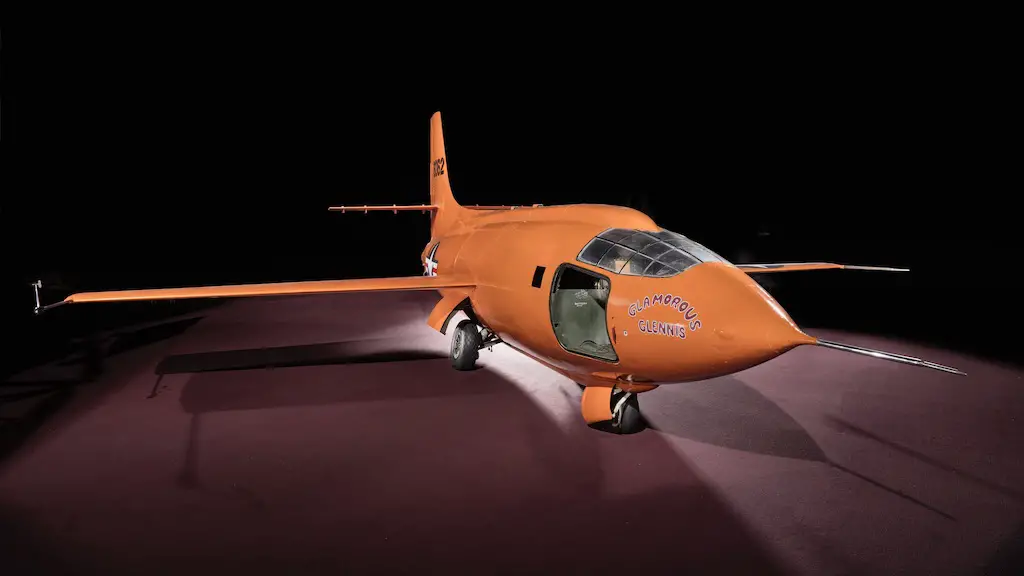
Overcoming Challenges
The X-1 faced a significant limitation in its relatively short flight duration, a consequence of the rocket engine’s voracious fuel consumption. This constraint not only curtailed the aircraft’s ability to maintain supersonic speeds for longer durations but also restricted the volume of data researchers could collect during each flight. To compound matters, the X-1 grappled with technical hiccups, such as the persistent challenge of buffeting and loss of control that plagued several test flights.
Far from being a failure, the X-1 program functioned as a vital stepping stone, paving the way for more advanced research aircraft like the X-1A, X-1B, and X-1E. Each of these successors tackled specific limitations, delving deeper into the enigmatic realm of high-speed flight. Despite its relatively brief operational life, the X-1’s impact on aviation history is nothing short of monumental.
The Bell X-1’s Legacy in Aviation and Space Exploration.
The Bell X-1’s enduring legacy is evident in the design and performance of numerous supersonic aircraft that emerged in its wake, such as the awe-inspiring SR-71 Blackbird and the legendary Concorde. Furthermore, the insights gleaned from the X-1’s test flights laid the crucial groundwork for the epic space race, with both the United States and the Soviet Union harnessing its lessons to fuel their ambitious pursuits of space exploration.
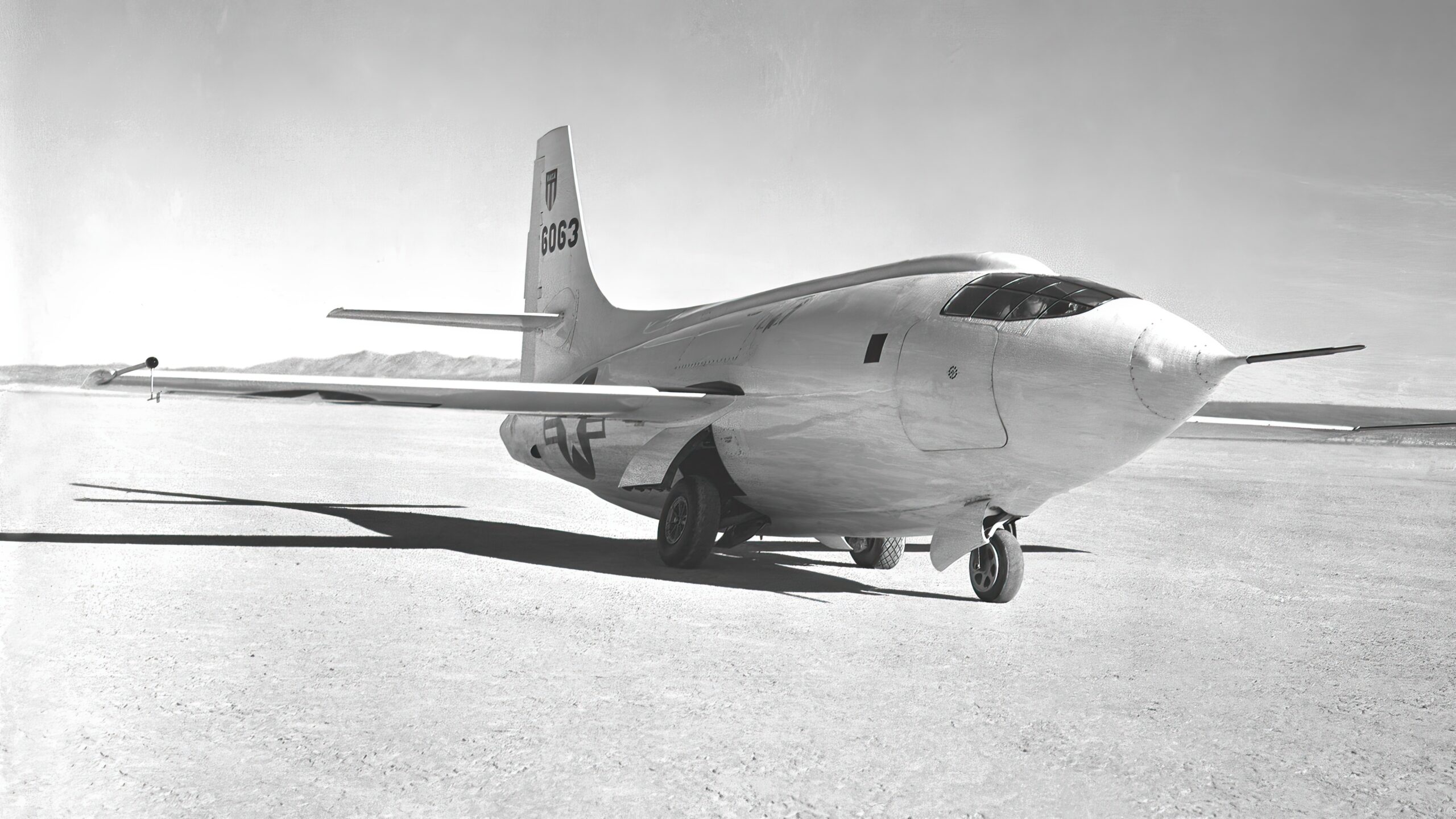
The Bell X-1’s story exemplifies ingenuity, determination, and courage. Fearless test pilots like Chuck Yeager spearheaded its groundbreaking achievements, which continue to inspire generations of aerospace engineers and enthusiasts. The X-1 serves as a reminder of the limitless possibilities that await when we dare to push the boundaries of human endeavor.

